Street photography is one of the most difficult forms of photography to do well. We could talk for hours about tips and techniques to improve your street photography. But, before we go there, I think it is very important to start off with the conceptual question of what actually is street photography? What does it mean?
The term street photography is an inherently clunky term, a catchall that simultaneously encompasses many different styles and ways of shooting. It can also too narrowly define what a photographer does — which is why many street photographers dislike the term.
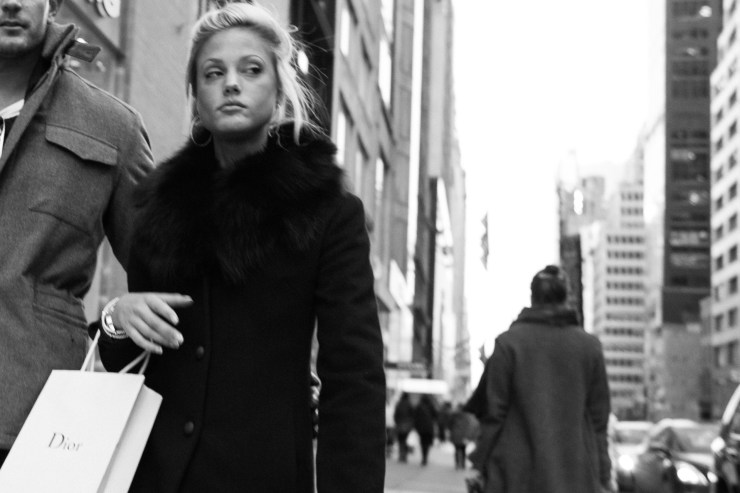
Beyond just ‘street’
When people think of street photography, they often think of photographs of people walking down sidewalks in big cities. This is a major aspect of street photography of course, but the genre goes way beyond that. It can be done nearly anywhere, from big cities to small suburbs. People don’t even have to be present in a photograph for it to have the spirit of a street photograph.
One thing that street photography is for sure, is that it is candid. It shows real life and unplanned, spontaneous moments. It is not photographs that are set up nor are they posed portraits. While many street photography projects will include some portraits, those portraits often have a candid feeling to them. They show a real moment that gives a glimpse into the person.
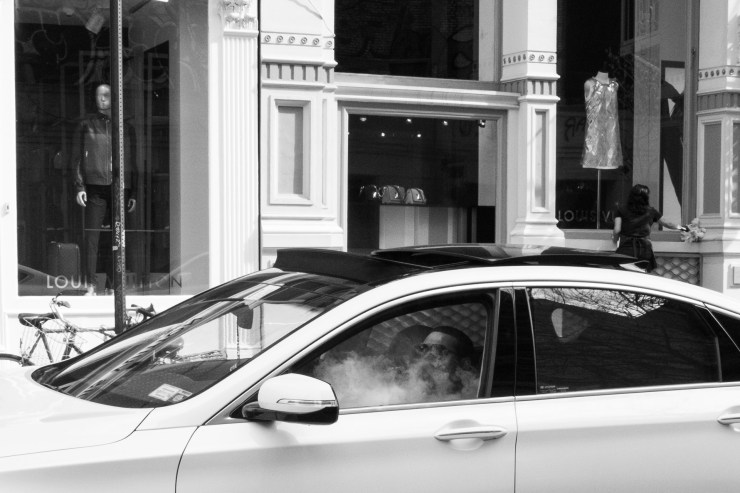
Street photography is similar to a visual form of poetry, where the photos are meant to prompt the viewer. While the beauty and form of a photograph are always important in street photography, it is often what is bubbling just beneath the surface that will make the photograph special, whether it is a hint, a feeling or an idea.
The technique of street photography
While the perfect technique is celebrated in many other forms of photography such as landscapes or portraits, the spontaneous feeling is what is the star of street photography, and this is often enhanced through the use of skewed horizons, somewhat blurry or out-of-focus moments, harsh or imperfect lighting, or haphazard compositions or perspectives.
We are looking for the perfect moment over the perfect frame, and sometimes those imperfections, that imperfect frame, can enhance the idea of the photographer catching the special moment. These are spectacular moments that disappear in an instant, that the photographer was lucky to grab and we are lucky to view, and imperfections can help further this feeling. Of course, imperfections can ruin a street photograph, but just as often they can make it that much better.
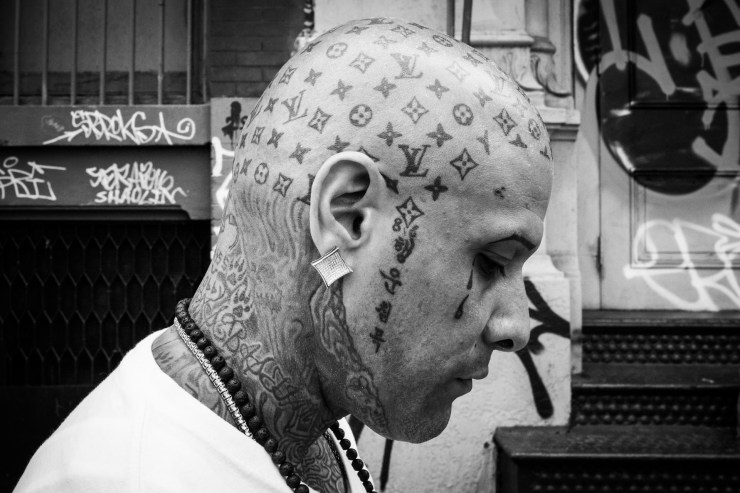
It’s personal
What is street photography? Street photography is you. Street photography shows the perspective of the photographer. It can be argued whether or not street photography shows reality, but what it certainly shows is the photographer’s perspective of the scene, and that is where the art lies in the genre. Despite us all having the same content out in the world, if you look at the portfolios of veteran photographers, you can see common themes and ideas that take hold. These themes and ideas show the way each photographer sees the world. This is why you can pick out a Robert Frank, Daido Moriyama, Martin Parr or a Garry Winogrand.
These ideas usually don’t show right away when you are first learning and practicing street photography. This is why the work of beginning photographers often tends to look pretty similar. But over time, as you start to figure out these themes and ideas in your work, as you start to go back to the same places over and over and gain perspective on them, how you feel will start to shine through in your photography. This is the major step in any street photographer’s progress.
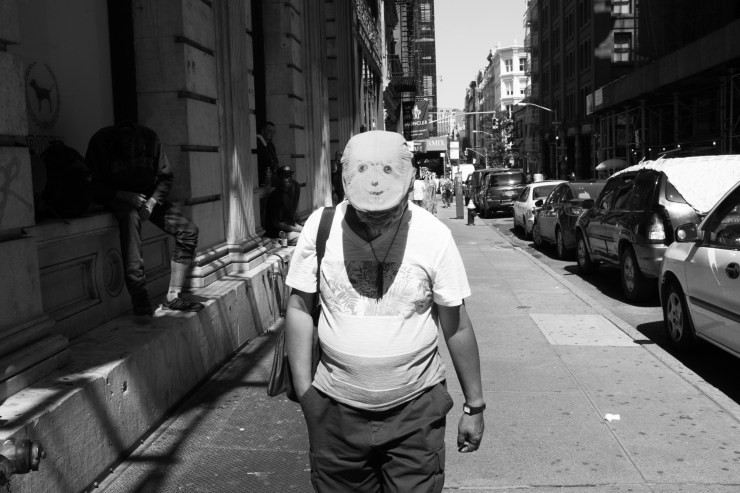
It is vital to study this to improve your own work, particularly at the beginning. Researching the work of other photographers will both give you a better idea of what street photography is, and help you hone in on the content and way that you will want to shoot going forward. It will broaden your idea of what the genre is and make you notice much more when out in the world.
Start with the greats
I suggest starting with the greats in your studies. Focus on both photographers who work in busy cities and photographers who work in more suburban areas, on photographers who specialize in color versus black and white and on photographers who do their best work when they travel versus photographers who prefer to do their work close to home.
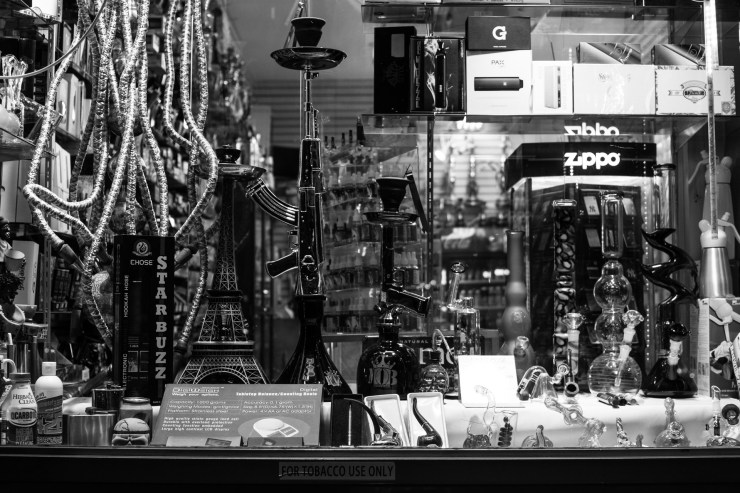
A starting list that I suggest includes Robert Frank, William Eggleston, Martin Parr, Garry Winogrand, Lee Friedlander, Helen Levitt, Trent Parke, Daido Moriyama, Bruce Davidson, Vivian Maier, Alex Webb, Alec Soth and Saul Leiter.
Then start thinking about what you want to create. And go shoot, a lot!
Tell your story with the second annual Visual Storytelling Conference!
Experience four days of interactive, online training sessions featuring a range of educational content with experienced photographers and content creators. This free event kicks off with a series of technical boot camps to build essential skills, followed by live, online sessions on photography, video, business and social media. Join live from March 10-13, 2022!
